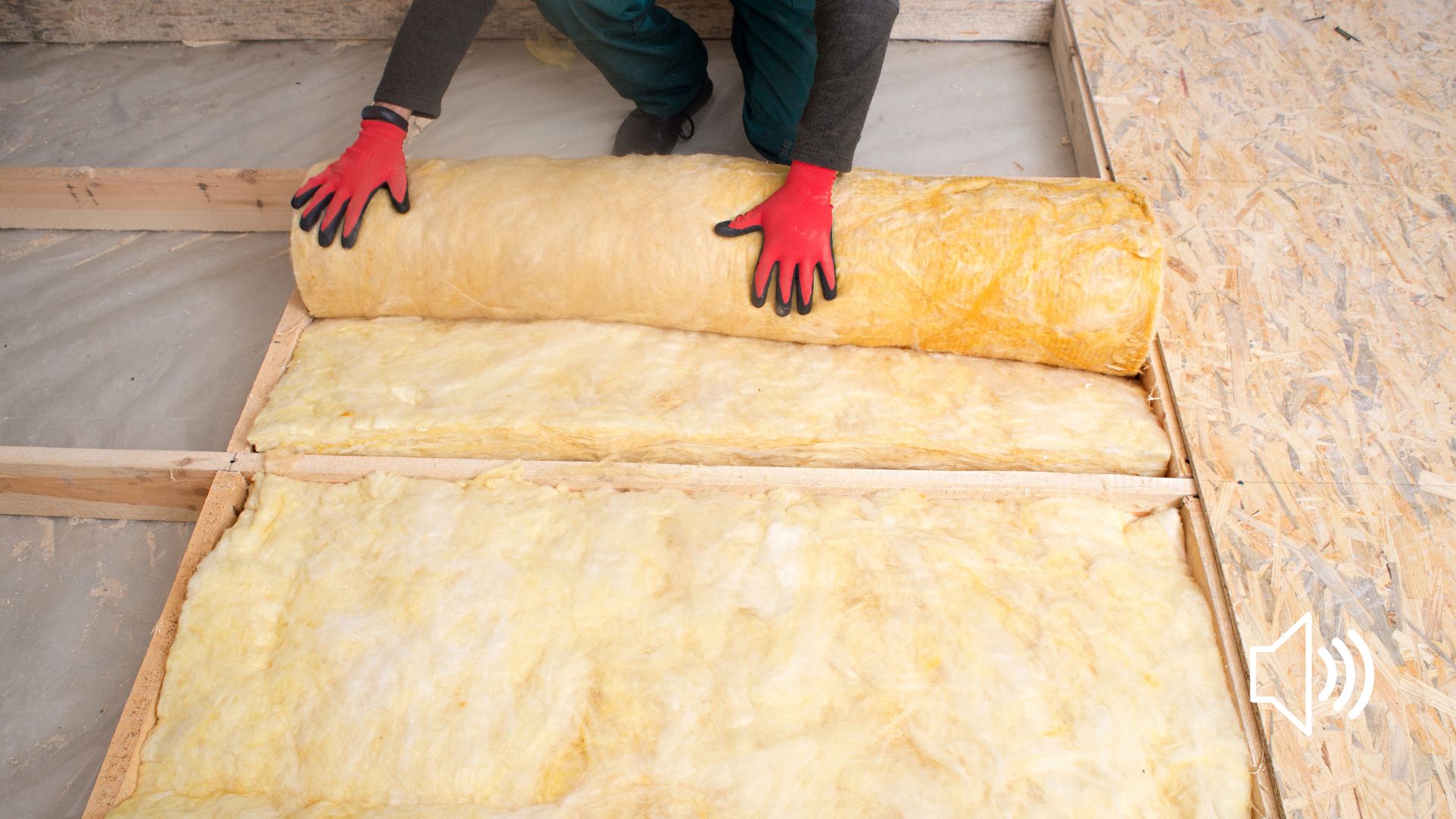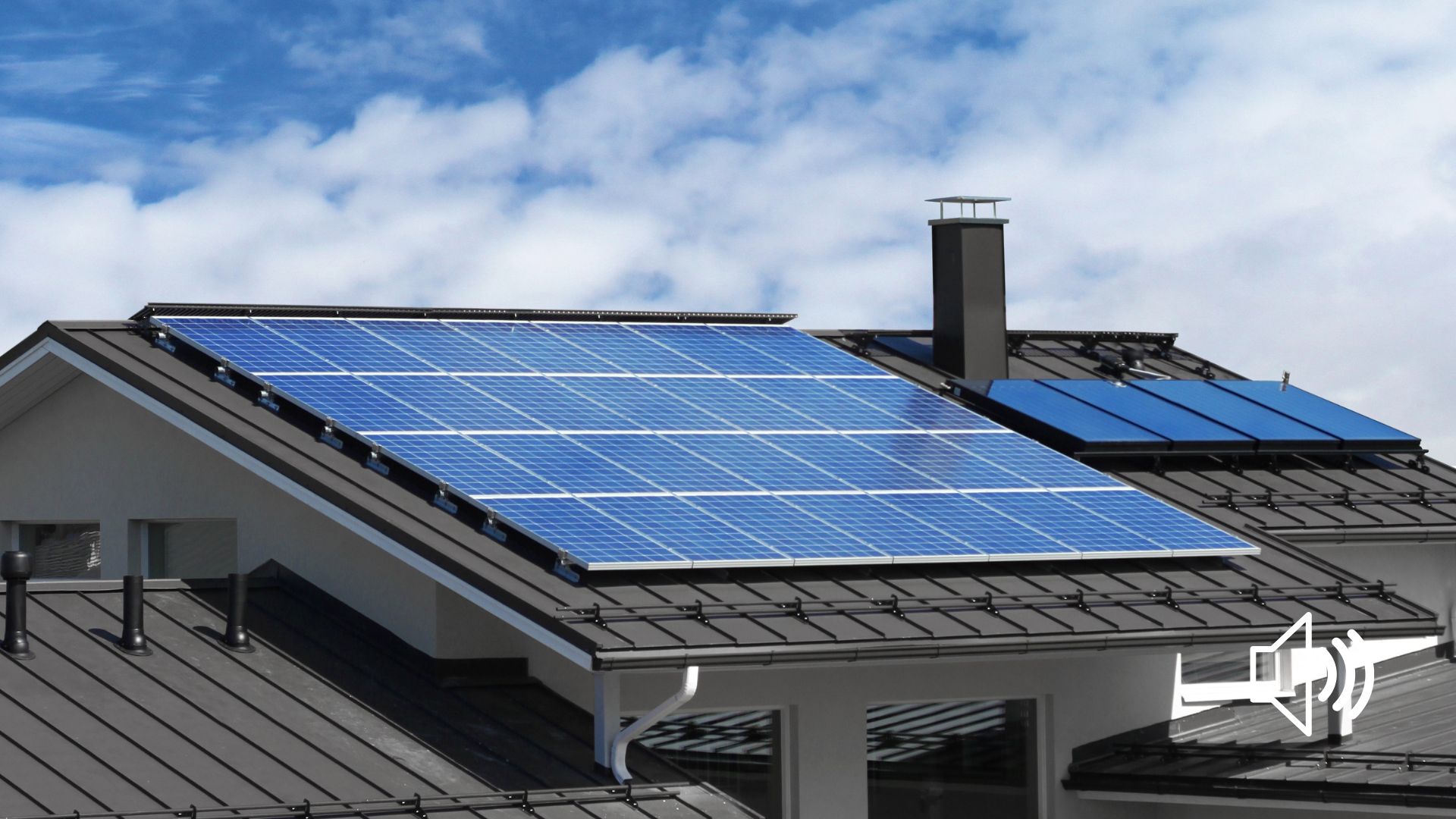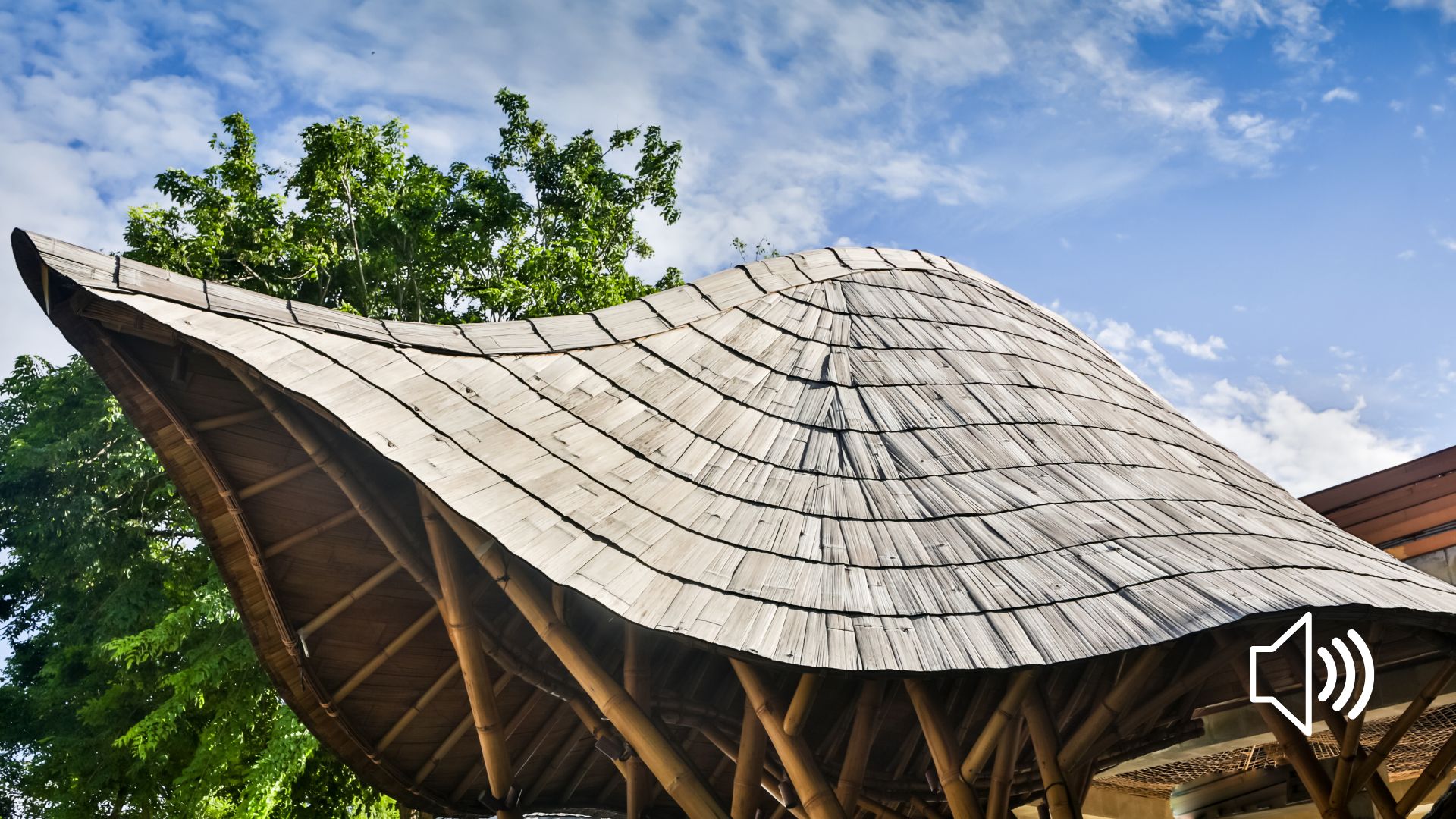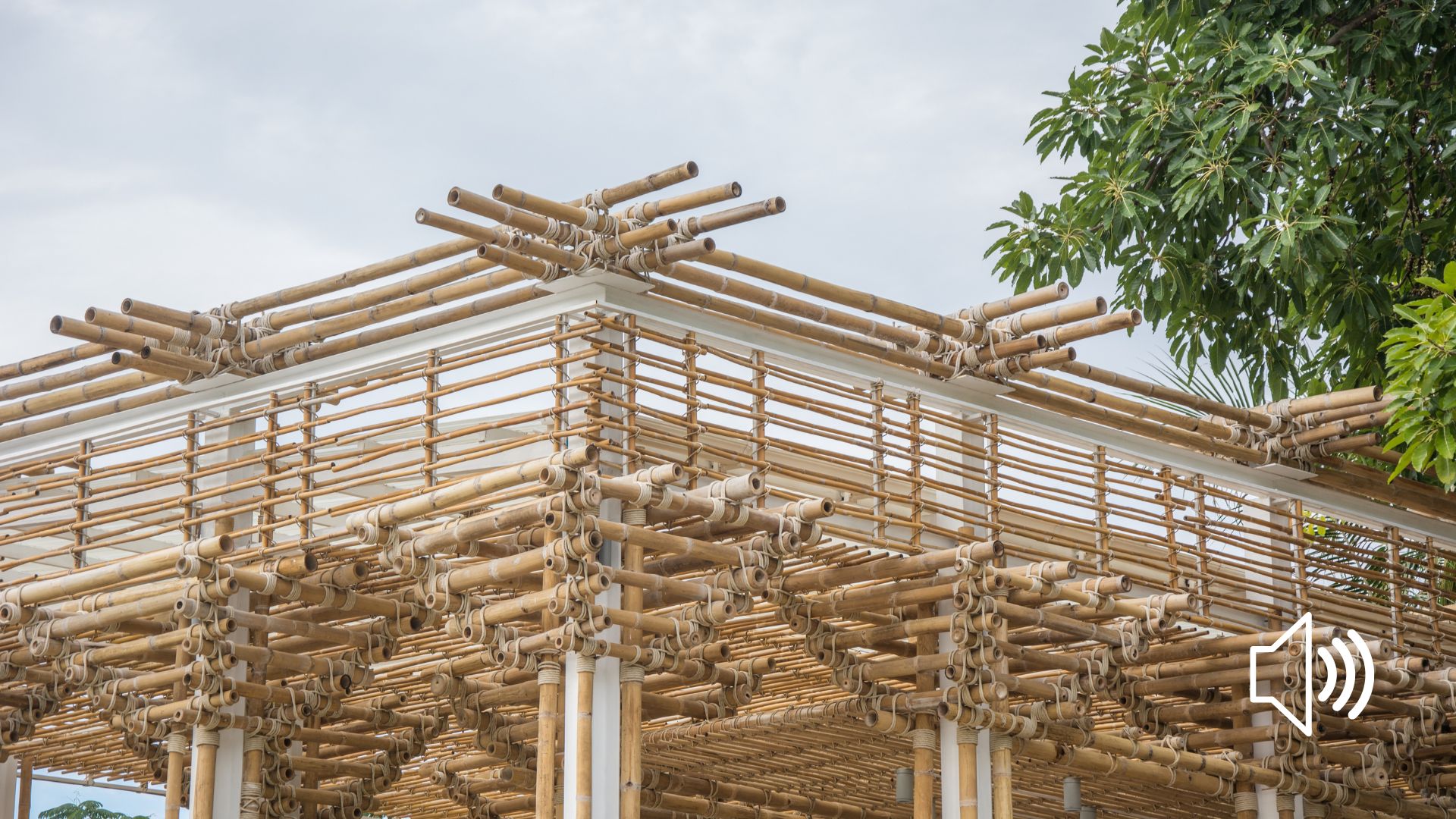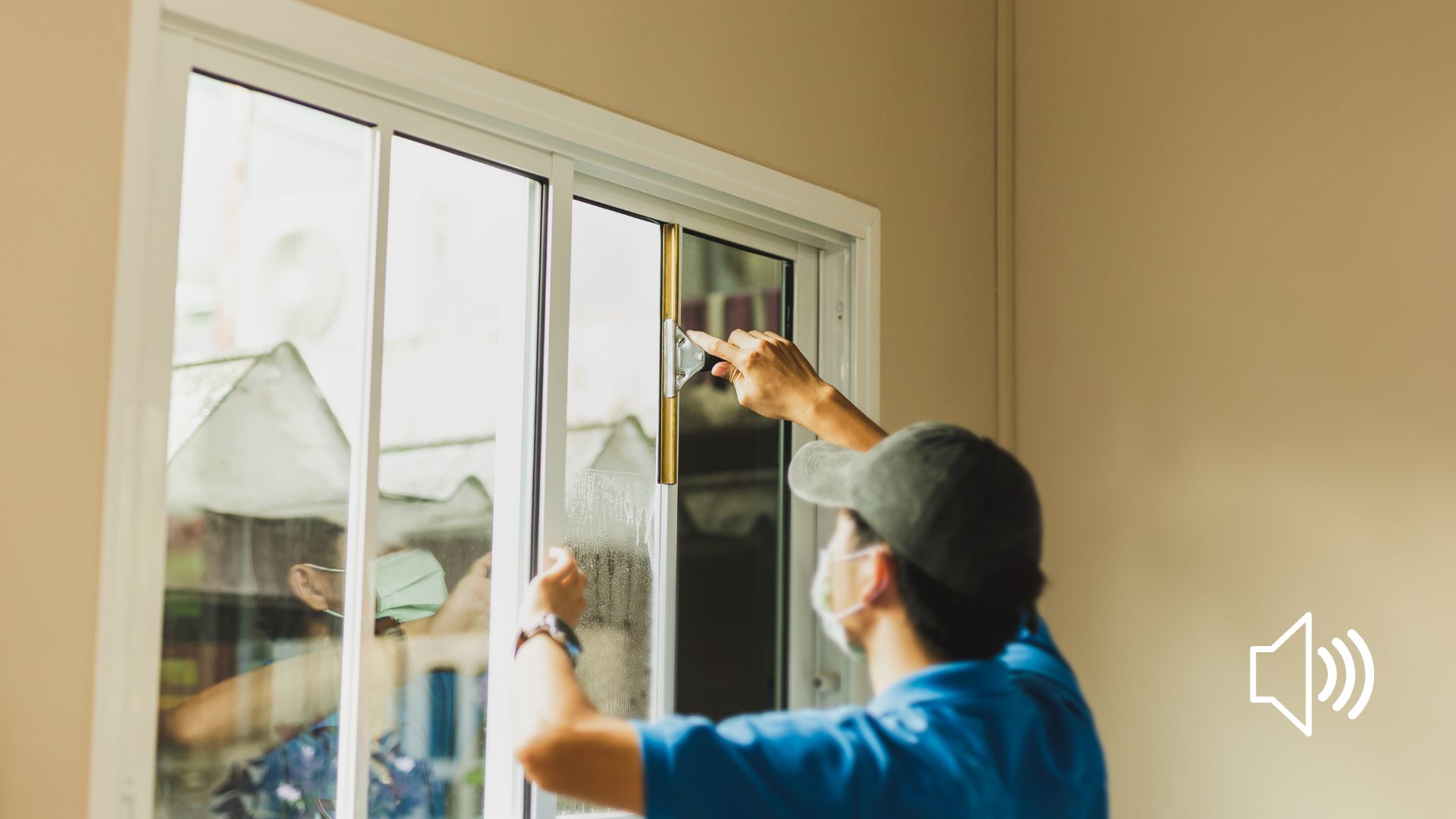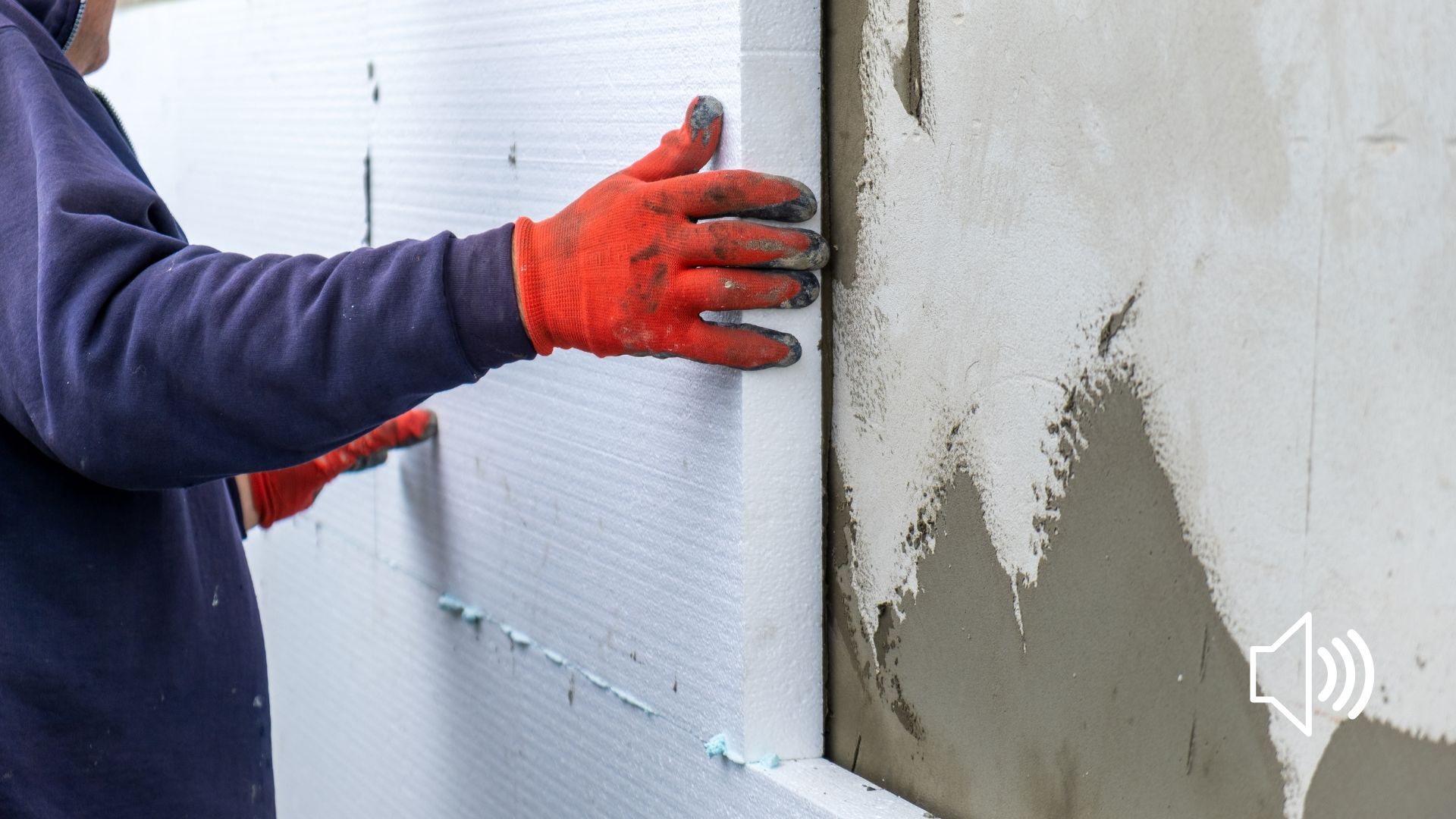Proper floor insulation has never been more crucial in today’s world, where sustainability and comfort go hand in hand.
Effective floor insulation contributes to a warmer, cozier home and enhances energy efficiency, ultimately reducing utility bills and minimizing environmental impact.
Builders and homeowners increasingly recognize the benefits of integrating eco-friendly design principles into their construction and renovation practices, making floor insulation a key focus area.
Join us as we explore how the right floor insulation can transform your home into a haven of warmth and sustainability.
Understanding the Importance of Floor Insulation
Floor insulation is crucial in home construction and renovation, particularly for self-builders looking to create energy-efficient and comfortable living spaces.
Effective floor insulation helps control indoor temperatures by reducing heat loss in the winter and keeping the heat out during the summer months.
This enhances the home’s comfort and leads to significant savings on energy bills over time. Investing in quality insulation materials can yield long-term benefits for self-builders, making the structure more sustainable and environmentally friendly.
One key advantage of floor insulation is its impact on overall energy efficiency. In homes without proper insulation, a substantial amount of heat escapes through the floors, leading to increased energy consumption as heating systems work harder to maintain desired temperatures. This can be particularly problematic in colder climates where low temperatures prevail for extended periods.
Types of Floor Insulation Materials to Consider
Choosing the right floor insulation material is crucial for improving your home’s energy efficiency, comfort, and sustainability. Various floor insulation materials are available, each with unique properties, benefits, and ideal applications. Below, we’ll explore some of the most popular options to help you make an informed decision.
1. Fiberglass Insulation
Fiberglass insulation is one of the most common and cost-effective options for floor insulation. It is typically available in batts or rolls and is known for its excellent thermal performance. Fiberglass is non-combustible and relatively easy to install, making it a popular choice for homeowners. However, while it resists moisture to some extent, prolonged exposure to water can reduce its effectiveness. Proper installation is key to avoiding gaps or compression that could compromise its insulating performance.
Best For: Attics, basements, and areas where affordability and ease of installation are priorities.
Pros: Affordable, widely available, non-combustible.
Cons: It can lose effectiveness when wet; it requires precise installation.
2. Rigid Foam Board Insulation
Rigid foam board insulation offers high R-values per inch, making it an excellent choice for areas where space is limited but maximum thermal resistance is needed. Foam boards are lightweight yet durable and provide exceptional moisture resistance, making them particularly suitable for unvented crawl spaces or basement walls where dampness can be a concern.
Best For: Unvented crawl spaces, basement walls, and areas requiring high moisture resistance.
Pros: High R-value per inch, moisture-resistant, durable.
Cons: It can be more expensive than fiberglass; it requires cutting and sealing for a proper fit.
3. Spray Foam Insulation
Spray foam insulation is a versatile option that expands upon application to fill gaps, cracks, and hard-to-reach spaces. It creates an airtight seal that prevents air leaks and provides excellent thermal resistance. Spray foam comes in two types: open-cell (less dense and more flexible) and closed-cell (denser with higher R-values). Closed-cell spray foam is also a moisture barrier, making it ideal for damp environments.
Best For: Hard-to-reach areas, around pipes or wiring, and homes needing an airtight seal.
Pros: Airtight seal, high R-value, versatile application.
Cons: Higher cost; professional installation often required.
4. Cellulose Insulation
For eco-conscious homeowners, cellulose insulation is a sustainable option made from recycled paper products treated with fire retardants and pest repellents. It is typically installed as loose-fill material blown into cavities or spaces under floors. While cellulose effectively reduces heat transfer and minimizes environmental impact, it can settle over time if not installed correctly, potentially reducing its insulating properties.
Best For: Eco-friendly projects and retrofitting older homes with irregular spaces under floors.
Pros: Sustainable, cost-effective, good thermal performance.
Cons: It can settle over time and may absorb moisture if exposed.
5. Mineral Wool Insulation (Rock Wool)
Mineral wool insulation—rock wool—is made from natural or recycled materials such as basalt rock or slag from steel production. It offers excellent fire resistance, soundproofing qualities, and thermal performance. Mineral wool does not absorb water easily, making it suitable for damp environments like basements or crawl spaces.
Best For: Soundproofing floors in multi-story homes or insulating damp areas like basements.
Pros: Fire-resistant, soundproofing capabilities, moisture-resistant.
Cons: More expensive than fiberglass; may require protective gear during installation due to its fibrous nature.
6. Reflective Foil Insulation
Reflective foil insulation works differently from traditional materials by reflecting radiant heat rather than trapping it within fibers or foam. It’s often used in warmer climates to reduce heat gain during summer but can also be paired with other insulation types for added efficiency.
Best For: Homes in hot climates or as a supplementary layer under radiant floor heating systems.
Pros: It reflects radiant heat effectively, is lightweight, and is easy to install.
Cons: Less effective in cold climates; limited thermal resistance.
7. Natural Insulation Options (Sheep’s Wool & Hemp)
Natural materials like sheep’s wool and hemp are excellent choices for those seeking environmentally friendly solutions beyond cellulose. Sheep’s wool naturally regulates humidity by absorbing and releasing moisture without losing its insulating properties, while hemp insulation offers durability and sustainability.
Best For: Green building projects or homes prioritizing natural materials over synthetic ones.
Pros: Sustainable, biodegradable, non-toxic materials; effective thermal performance.
Cons: Higher cost than conventional options; limited availability in some regions.
Choosing the Right Floor Insulation Material
The best type of floor insulation depends on your specific needs: budget constraints, location (climate), environmental concerns, and the area being insulated (e.g., basement vs attic). Here’s a quick guide:
- On a Budget? Fiberglass or cellulose insulation may be your best bet.
- Concerned About Moisture? Foam board or closed-cell spray foam are excellent choices.
- Eco-Friendly Options? Consider cellulose, sheep’s wool, or hemp.
- Need Maximum Efficiency? Spray foam or rigid foam board offers superior R-values.
- Soundproofing Floors? Mineral wool excels at reducing noise between levels.
By carefully evaluating the pros and cons of each material type and consulting with professionals when necessary, you can ensure that your flooring project delivers immediate benefits and lasting value!
How to Install Floor Insulation: Step-by-Step Guide
This step-by-step guide will walk you through the self-builders who want to know how to tackle this essential project.
Surface Preparation
First, assess the area where you plan to install insulation. Begin by removing any existing floor coverings, such as carpet, tiles, or vinyl, and then inspect the subfloor for any signs of damage or moisture. It’s vital to address these issues before proceeding, as insulation should be installed on a clean, dry, and structurally sound surface. Measure the dimensions of the space to determine how much insulation material you’ll need, and choose an appropriate type based on factors like climate, budget, and personal preferences.
Installation of Insulation
Once you’ve gathered your materials, begin by laying a vapor barrier if you’re working in an area prone to moisture. This will help prevent dampness from compromising your insulation. Next, carefully cut the insulation panels to fit snugly between the floor joists, ensuring there are no gaps where heat can escape. When installing, remember to wear protective gear, including gloves and a mask, to avoid irritation from insulation fibers. Depending on the product you choose, secure the insulation with staples or adhesive.
Final Works
Finally, cover the insulation with a new subfloor or floor covering of your choice, ensuring an airtight seal. Regularly check for signs of wear and tear over time and gaps that might need resealing. By following this guide, self-builders can optimize their home’s energy efficiency while creating a comfortable space for years to come. With careful planning and execution, installing floor insulation can be a rewarding DIY project that greatly enhances your home.
Common Mistakes to Avoid When Insulating Your Floors
Self-builders often face many decisions that can significantly impact their project’s overall success when insulating floors.
One of the most common mistakes is underestimating the importance of proper insulation materials. Many self-builders may be tempted to choose cheaper options or materials not suited for their climate, leading to future problems like moisture retention and decreased thermal performance. To ensure long-term benefits, it’s essential to carefully research and invest in high-quality insulation that aligns with your specific needs and environment.
Another frequent pitfall is neglecting to assess the existing floor structure before commencing insulation. Failing to take stock of the condition of floorboards, joists, and any potential damp issues can cause a cascade of issues down the line, including drafts and mold. Self-builders should always begin with a thorough inspection and, if necessary, invest in repairs to the existing structure before adding insulation. This preparatory work can save time and costs and create a healthier living environment.
The installation process itself also presents opportunities for errors. Rushing through the installation or employing incorrect techniques can result in gaps and thermal bridges undermining the insulation’s effectiveness. Self-builders often overlook the importance of proper sealing and balancing airflow, which are crucial for preventing heat loss and maintaining energy efficiency.
Lastly, self-builders sometimes forget about the impact of floor coverings on insulation. Choosing the wrong type of flooring can affect overall thermal comfort and effectiveness. For instance, solid wood or tile can lead to colder surfaces than carpets or rugs, which provide additional warmth. To achieve the best results, it’s crucial to consider how different floor coverings interact with insulation and plan accordingly.
This holistic approach will enhance the home’s energy efficiency and create a cozy and inviting atmosphere for years to come.
Read also: 6 Types of Efficient Exterior Wall Insulation Solutions for Energy Savings
🔗 Download E-BOOK: “Essential Guide to Passive House Design” for FREE ⬇️⬇️⬇️

